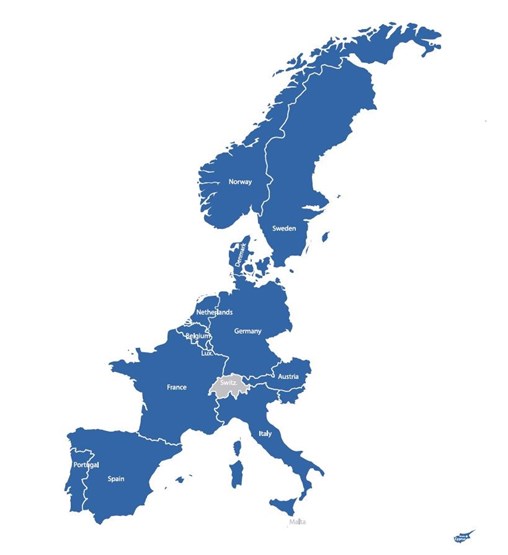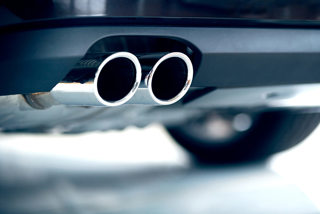City authorities around Europe are implementing different strategies to combat dirty vehicle exhausts. Jonathan Manning reports.
If there’s consensus between national governments, local officials and vehicle manufacturers on the scale of urban air quality issues, their proposed solutions vary widely in the face of ever-increasing traffic volumes.
Across the continent, city authorities are wrestling with the same problems of air pollution and congestion.
In London, for example, Brixton Road had exceeded its annual limits of nitrogen dioxide for 2018 by 31 January.
For manufacturers, the answer lies in cleaner vehicle technology, initially Euro 6 emission systems for internal combustion diesel engines, followed by zero emission electric vehicles.
For legislators, however, the problem lies not with future vehicles but with an ageing vehicle parc and immediate public health dangers.
Emboldened by the dieselgate scandal and faced with a legal requirement to tackle pollution, authorities are now proposing a raft of initiatives to clean city air.
The ramifications for fleets of these carrot and stick policies are significant, with the added concern that a lack of consistency in approach could see some vehicles accepted in one city but barred in another.
Vehicle access restrictions are already taking different forms, from congestion charges to low emission zones, parking incentives and even blocking vehicle entry to certain streets dependent on air quality.
At a series of roundtables in cities earmarked for Clean Air Zones (CAZs), fleet operators have voiced fears that local authorities will go their own ways.
“We need consistency between CAZs throughout the country,” said one operator. “Signage, charges and system operations should all be common between CAZ cities in order to reduce disruption and confusion on the part of fleet operators.”

What different European cities are doing
Brussels, Belgium
A low emission zone started on January 1 at the heart of the European Union, and will ratchet up over the next seven years.
This year, only Euro 2 diesel cars are caught in its crosshairs, but by 2025 Euro 6 diesel and Euro 3 petrol will be barred.
Gent, Belgium
A series of car-free areas, traffic bans on some streets and the conversion of streets to one-way traffic have been introduced to stop through traffic. Authorities want motorists to use the city ring road.
Stuttgart, Germany
Winter ‘smog alarms’ trigger incentives for cheaper cleaner travel, including cut-price public transport and discounted electric hire car bookings via Moovel app.
Tirol, Austria
Not a city but the A12 route through the mountains, which at times of pollution has the flexibility to introduce air quality-based speed limits, a ban on overtaking, a night driving ban and a night speed limit
Marseilles, France
Cars that want to enter the port city during a period of smog will be controlled by Crit’Air stickers which rank vehicles by their Euro ratings.
Rome, Italy
Vehicle restrictions tighten rapidly in periods of high pollution. If air pollution limits are exceeded for three consecutive days, vehicles must meet Euro 3 standards to drive between 07:30 and 20:30.
If pollution levels remain high for five days, only Euro 4 diesel and Euro 3 petrol can drive from 07:30-10:30 and 16:30-20:30. And if for eight days, only diesels that meet Euro 6 standards will be allowed in.
Madrid, Spain
The low emission zone, ‘zona de bajas emisiones’, includes a policy that increases parking charges dependent on how centrally drivers want to park and the emissions of their cars.
Oslo, Norway
At the vanguard of the move to electric vehicles, the Norwegian capital also has a series of disincentives for the drivers of internal combustion engines, including a congestion charge determined by a vehicle’s Euro standard and fuel type, as well as the time of day and distance driven. The charge is waived for electric cars.




















Rudolf Huber - 19/03/2018 16:08
And this is just the first whisper, a breath of air called measures that will morph into a storm. This storm is going to make it all but impossible for diesel vehicles to go anywhere economically interesting. If I am a freighter right now, I would sit up and listen to the NG vehicle guys as when everyone locks the city down, Natural Gas vehicles will still roll. Learn it now and don't whine when you get your nuts blown off by the storm.